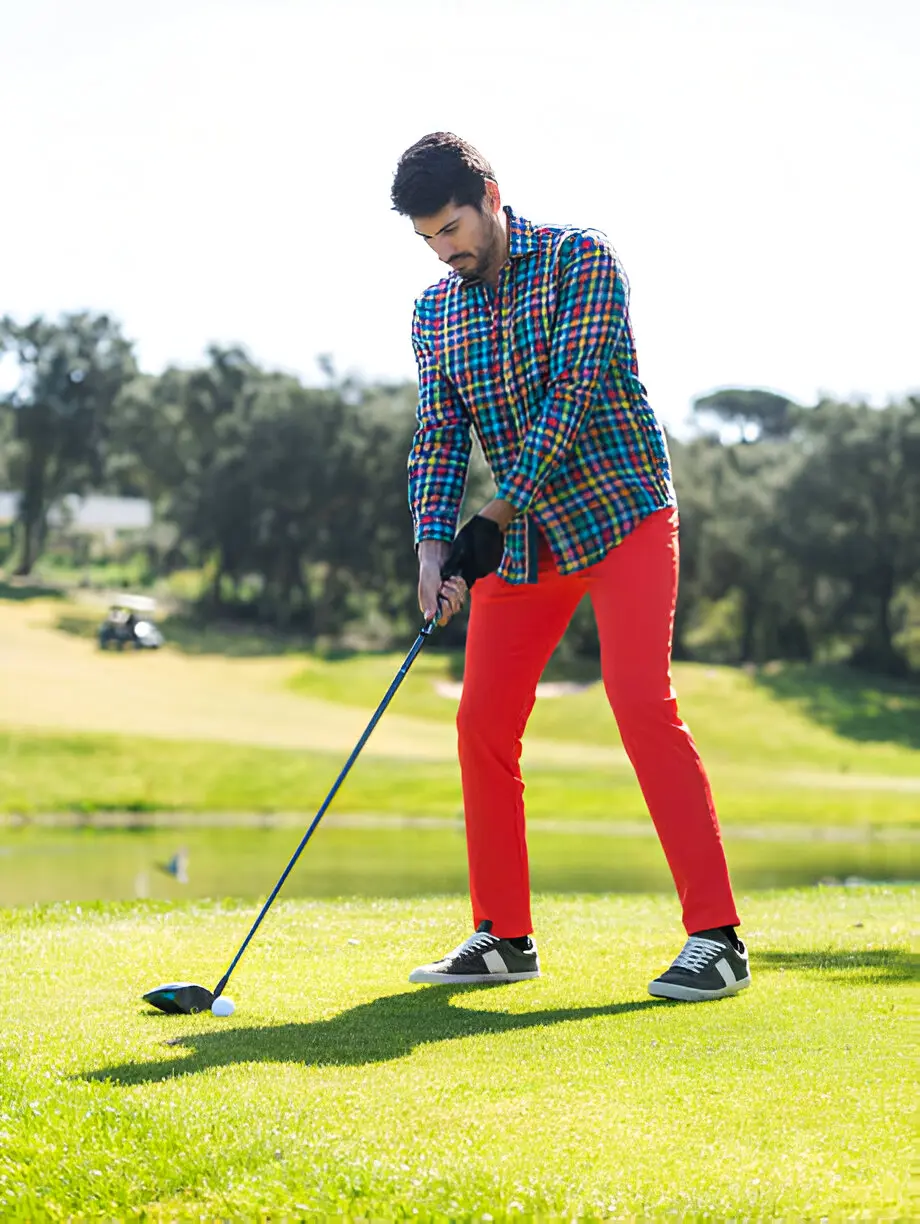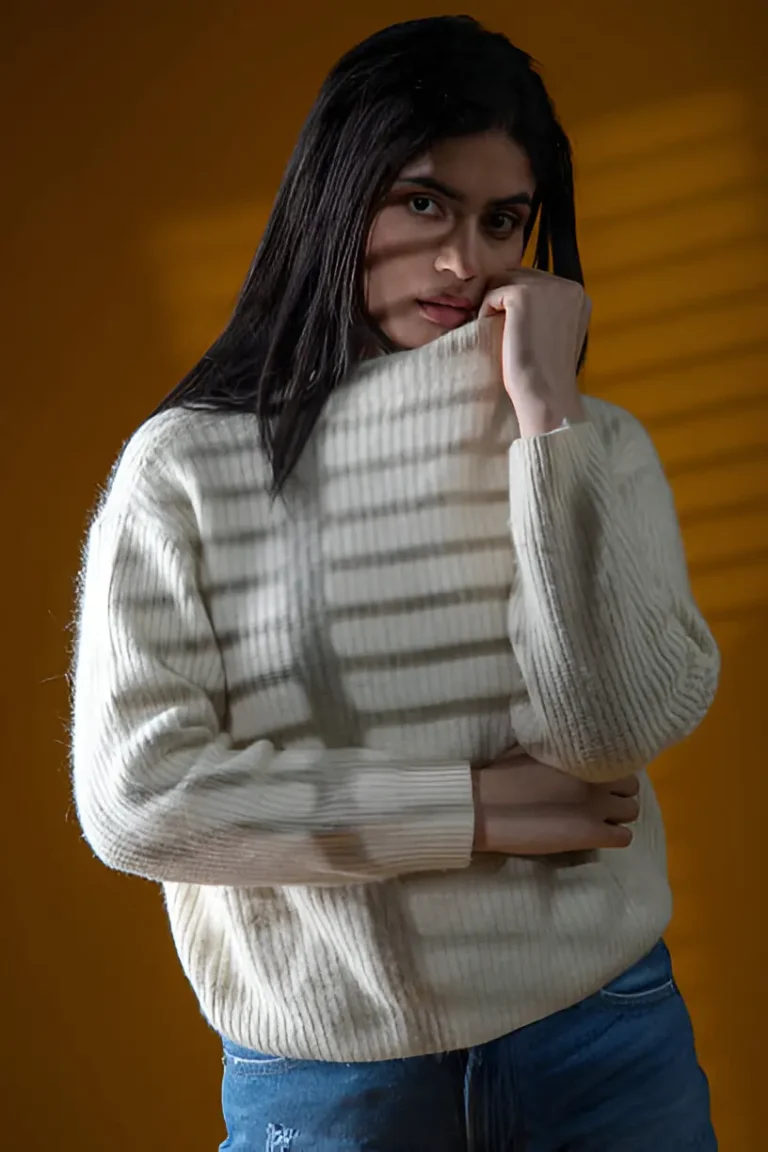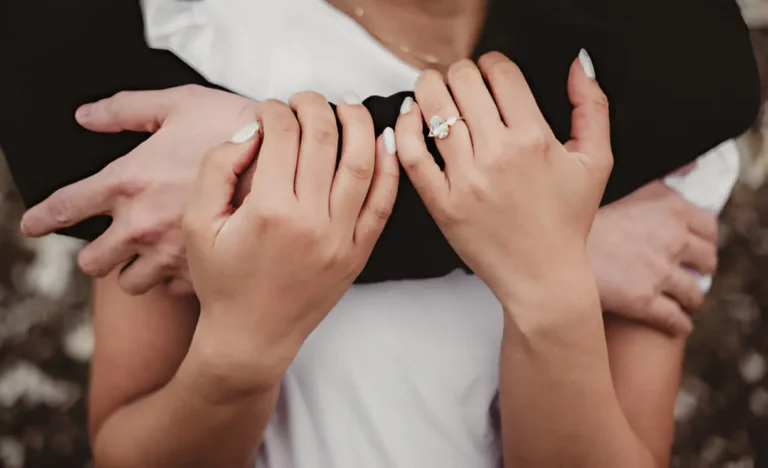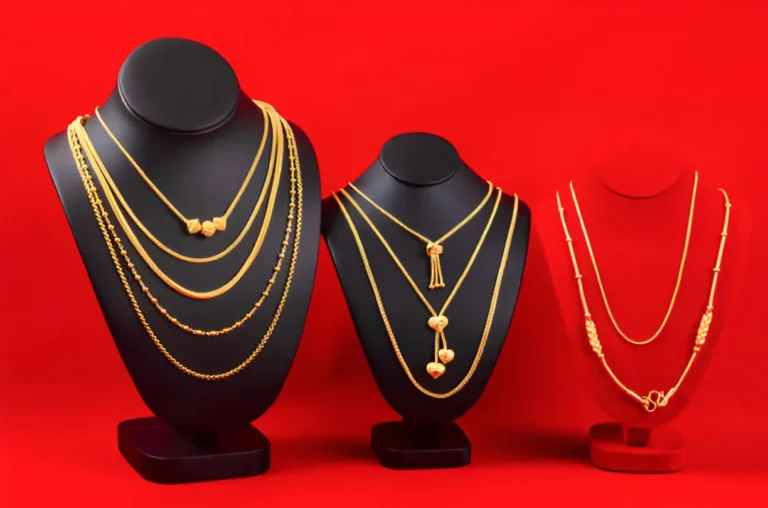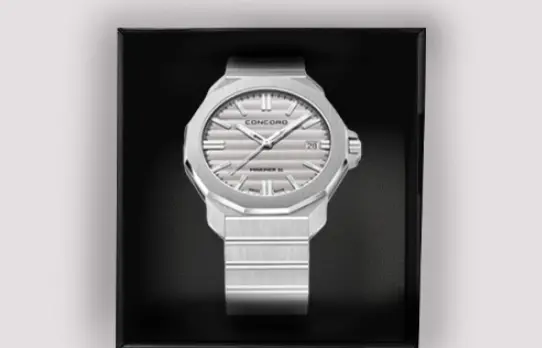How to Choose the Perfect Fit and Style for Mens Golf Pants
Finding the right mens golf pants isn’t just about looking good on the course – it’s about performance, comfort, and confidence during every swing. The wrong fit can restrict your movement, cause discomfort during long rounds, and even affect your game. With golf fashion evolving rapidly and performance fabrics becoming more advanced, choosing the perfect pair requires understanding both technical features and style elements. This guide breaks down everything you need to know about selecting golf pants that work for your body type, playing style, and personal preferences.
Understanding Your Body Type and Measurements
Here’s something I learned the hard way – golf pants sizing isn’t the same as regular dress pants. I once bought a pair online thinking my usual 34 waist would work perfectly. Wrong move. Golf pants often run differently because they’re designed for athletic movement.
Start by measuring yourself properly. You’ll need your actual waist measurement, not your jean size. Wrap a tape measure around your natural waist, which sits just above your hip bones. For the inseam, measure from your crotch to where you want the pants to end. Most golfers prefer their pants to have a slight break at the shoe, but this varies based on personal style.
The rise of the pants matters more than most people realize. Low-rise pants might look modern, but they can gap at the back when you bend over to line up putts. Mid-rise options offer better coverage and comfort during your swing. High-rise pants work well for taller players or those who prefer a more traditional look.
Fabric Technology and Performance Features
Modern golf pants use fabrics that would make your grandfather’s wool trousers look ancient. Moisture-wicking technology pulls sweat away from your skin, which becomes crucial during summer rounds or in humid climates. I’ve noticed that synthetic blends with polyester or nylon perform better than pure cotton in hot weather.
Stretch fabric is basically mandatory now. Look for pants with at least 2-4% elastane or spandex. This small percentage makes a huge difference in your swing mechanics. Some brands use four-way stretch technology, which moves with you in all directions. Trust me, once you play in stretch fabric, regular pants feel like wearing cardboard.
Water resistance varies between brands and price points. Some pants repel light morning dew, while others can handle unexpected rain showers. DWR (Durable Water Repellent) coatings help, but they wear off over time with washing. Consider your local climate when choosing this feature.
Cut and Style Variations
Straight-leg cuts work for most body types and offer a classic look that transitions well from course to clubhouse. They’re not too tight or too loose, making them versatile for different occasions. Slim-fit options look more modern but can feel restrictive if you have muscular thighs or prefer looser clothing.
Tapered legs create a cleaner silhouette and work especially well with modern golf shoes. The pants gradually narrow from knee to ankle, giving a tailored appearance without being too tight. Athletic cuts accommodate larger thighs and glutes while maintaining a professional appearance.
Traditional pleated fronts are making a comeback, especially among older golfers who appreciate the extra room in the seat and thighs. Flat-front designs look cleaner and more contemporary, but they require a better fit since there’s less forgiveness in the waist and hip area.
Color and Pattern Considerations
Navy, khaki, and black remain the safest choices for most golf courses and occasions. These colors hide dirt better and match easily with different shirt colors. Gray offers a nice middle ground between formal and casual.
Subtle patterns like small checks or thin stripes can add personality without being distracting. However, bold patterns or bright colors might violate dress codes at more conservative clubs. Always check your home course’s guidelines before investing in statement pieces.
Seasonal colors matter too. Lighter shades work better in summer heat, while darker colors are more practical for cooler weather and muddy conditions. Some golfers keep separate wardrobes for different seasons, which makes sense if you play year-round.

